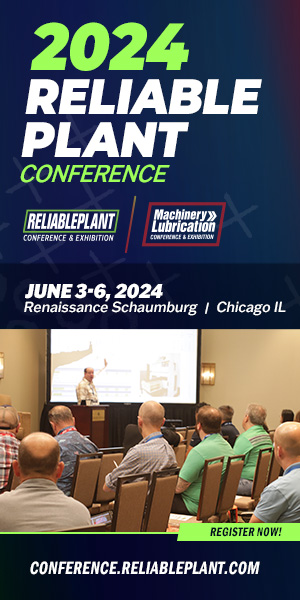With exposure to excessive noise a leading cause of hearing impairments, it is crucial for those Americans who work in noisy environments to protect their ears properly. Good devices are able to isolate the users' ears from unwanted sound, while preserving their ability to listen at reduced volume.
An American National Standard has been developed by the Acoustical Society of America (ASA) - ANSI/ASA S12.6-2008, Methods for Measuring the Real-Ear Attenuation of Hearing Protectors - to provide guidance to manufacturers, hearing conservation professionals and regulatory agencies.
Using psychophysical tests conducted on human subjects, this standard specifies laboratory-based methods for assessing and reporting the passive noise-reducing capabilities of hearing protection devices. ANSI/ASA S12.6-2008 provides two fitting procedures: method A (trained subject fit) refers to the capabilities of devices fitted by trained users, and method B (inexperienced subject fit) refers to the protection attainable by informed users in workplace hearing conservation programs.
The standard does not cover issues relevant to computational schemes or rating systems for applying hearing protector attenuation values, nor does it specify minimum performance values for hearing protectors, or address comfort or wearability features.
An ANSI organizational member and accredited standards developer, ASA is a voluntary organization serving the acoustics community in all branches of acoustics, both theoretical and applied.




